Acute Coronary Syndrome Pathophysiology
Acute coronary syndrome pathophysiology. Kounis syndrome is defined as acute coronary syndrome symptoms such as chest pain relating to reduced blood flow to the heart caused by an allergic reaction or a strong immune reaction to a drug or other substance. UK data for 2002-10 showed that. When blood cannot flow to the heart muscle the heart muscle can become damaged.
Acute MI along with unstable angina is considered an acute coronary syndrome. Health policy and cost issues related to the care of patients with cardiac or pulmonary disorders or the care of acutely or critically ill patients. Heart attack and unstable angina are both acute coronary syndromes ACS.
Acute tubular necrosis ATN is the most common cause of acute kidney injury AKI in the renal category. Care of acutely ill critically ill and chronically ill patients across the lifespan. Acute coronary syndrome ACS refers to a spectrum of clinical presentations ranging from those for ST-segment elevation myocardial infarction STEMI to presentations found in nonST-segment elevation myocardial infarction NSTEMI or in unstable angina.
For those who survive a decreased quality of life is common. The International Journal of Cardiology is devoted to cardiology in the broadest sense. This may signal an acute coronary syndrome demand ischemia or other types myocardial injury.
Acute coronary syndrome is a term for a group of conditions that suddenly stop or severely reduce blood from flowing to the heart muscle. Care of patients with acute or chronic cardiac or pulmonary disorders across the lifespan. In this issue of the Journal Kousa and colleagues Nebraska USA engaged in retrospective analysis of their patients to determine the impact of a cardiology consult in such cases.
The journal serves the interest of both clinicians and researchers. Distinction between NSTEMI and STEMI is vital as treatment strategies are different for these two entities. Acute Coronary Syndrome ACS refers to any condition attributed to obstruction of the coronary arteries which reduces blood flow to the heart and includes unstable angina and myocardial infarction MI.
Acute MI includes both non ST segment elevation myocardial infarction NSTEMI and ST segment elevation myocardial infarction STEMI. D suspicion of acute aortic syndromes myocarditis or pericarditis.
Acute Coronary Syndrome ACS refers to any condition attributed to obstruction of the coronary arteries which reduces blood flow to the heart and includes unstable angina and myocardial infarction MI.
Acute respiratory distress syndrome ARDS is a type of respiratory failure characterized by rapid onset of widespread inflammation in the lungs. Causes may include sepsis pancreatitis trauma pneumonia and aspiration. It is almost always associated with rupture of an atherosclerotic plaque and partial or. Acute coronary syndrome defined here as unstable angina and non-ST elevation myocardial infarction MI is characterized by episodes of chest pain at. Acute MI includes both non ST segment elevation myocardial infarction NSTEMI and ST segment elevation myocardial infarction STEMI. The International Journal of Cardiology is devoted to cardiology in the broadest sense. E underlying cardiac disease such as aortic valve. AKI is commonly defined as an abrupt decline in renal function manifested by acute elevation in plasma blood urea nitrogen BUN and serum creatinine occurring over hours to days to weeks and usually reversible. In this issue of the Journal Kousa and colleagues Nebraska USA engaged in retrospective analysis of their patients to determine the impact of a cardiology consult in such cases.
The International Journal of Cardiology is devoted to cardiology in the broadest sense. Acute coronary syndrome defined here as unstable angina and non-ST elevation myocardial infarction MI is characterized by episodes of chest pain at. Acute coronary syndromes result from acute obstruction of a coronary artery. Transthoracic echocardiography TTE is indicated in patients with acute chest pain and. AKI is commonly defined as an abrupt decline in renal function manifested by acute elevation in plasma blood urea nitrogen BUN and serum creatinine occurring over hours to days to weeks and usually reversible. The acute respiratory distress syndrome ARDS is a syndrome of acute respiratory failure characterized by the acute onset of non-cardiogenic pulmonary oedema due to increased lung endothelial and alveolar epithelial permeability. Both basic research and clinical papers can be submitted.
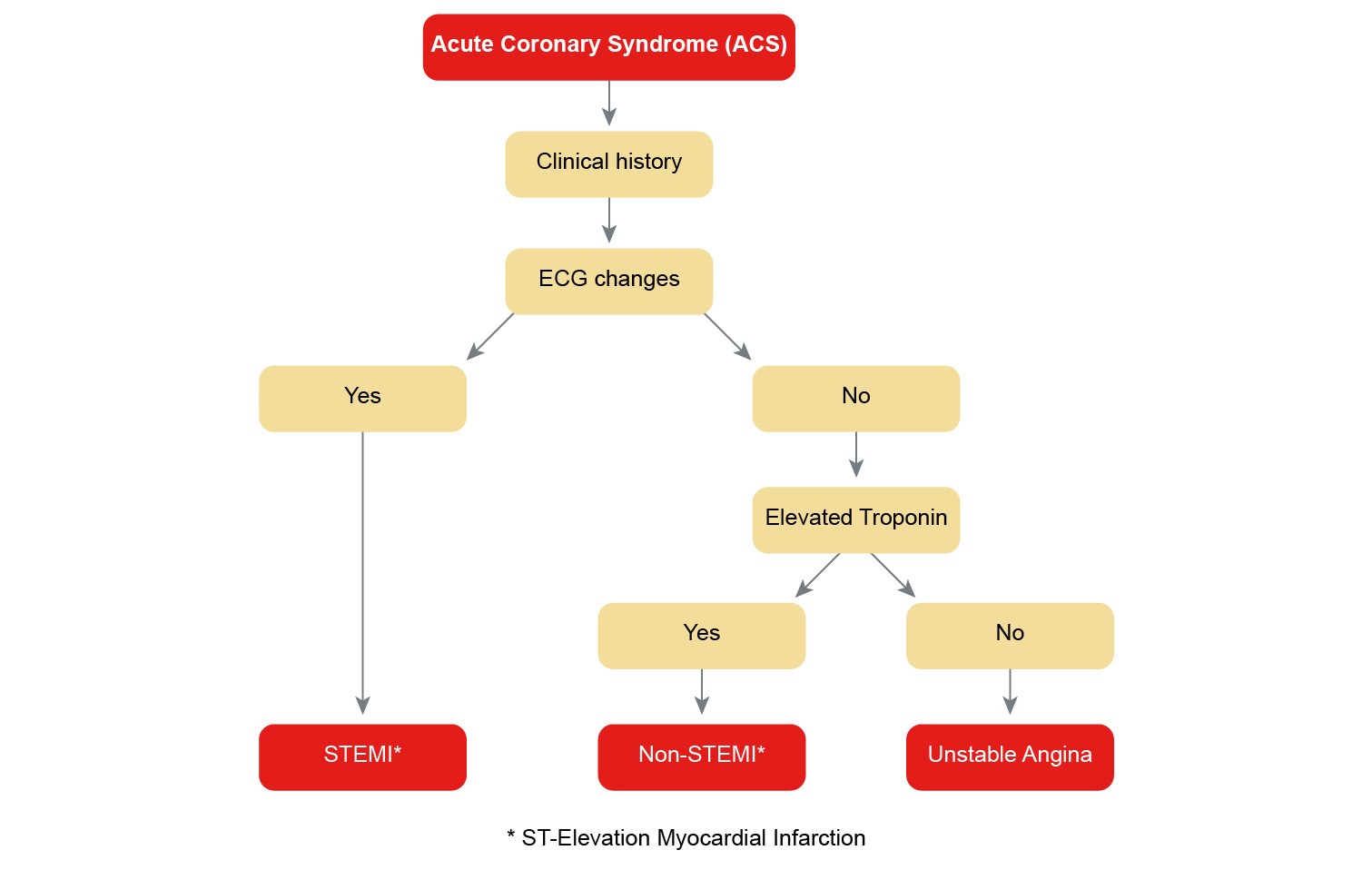









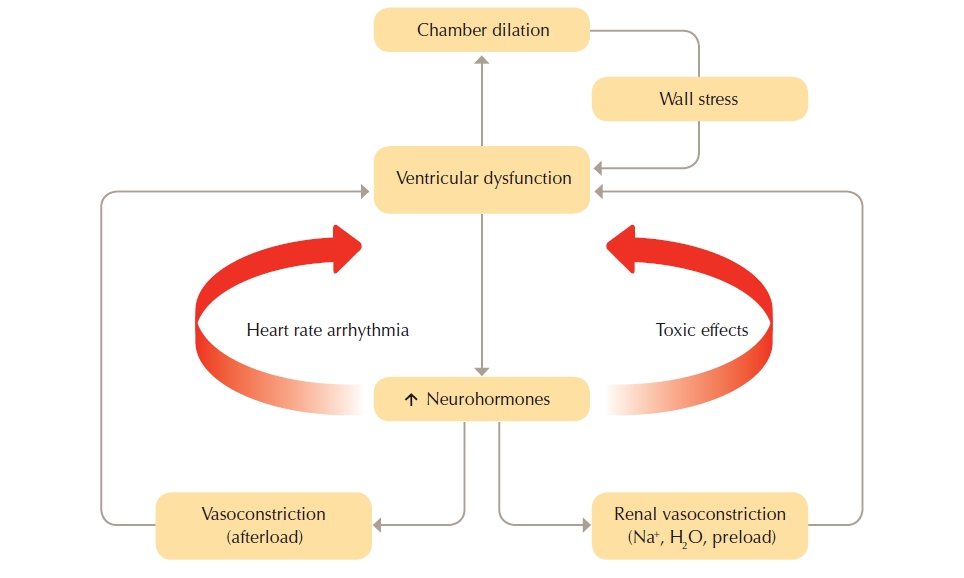
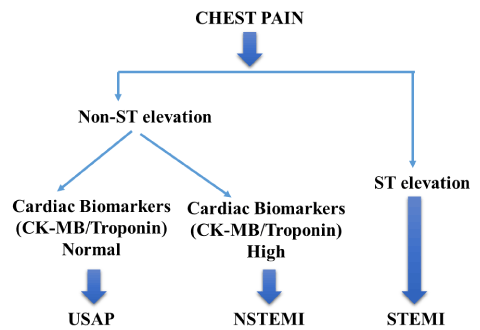




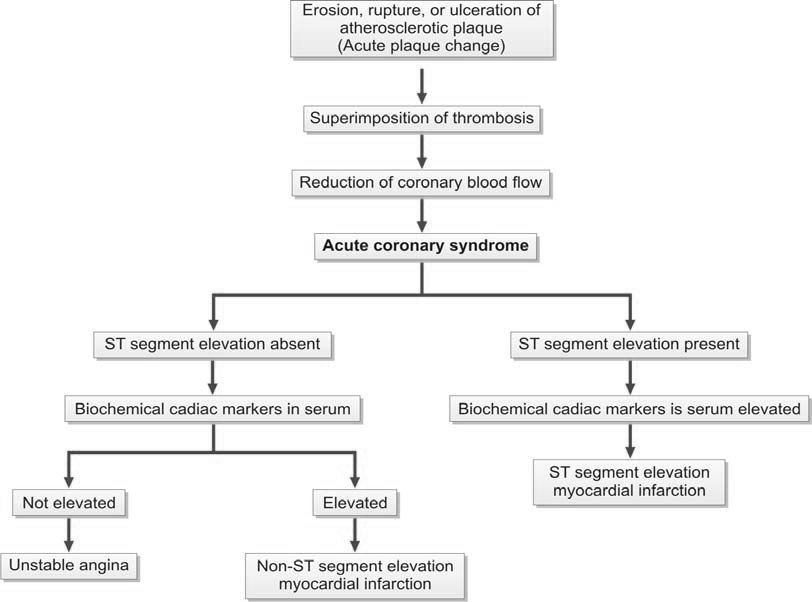

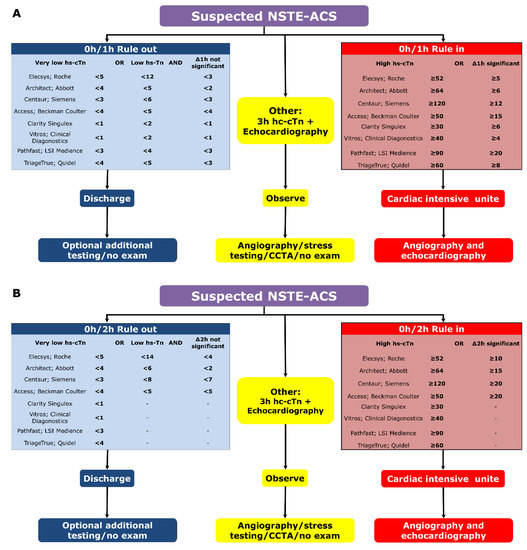





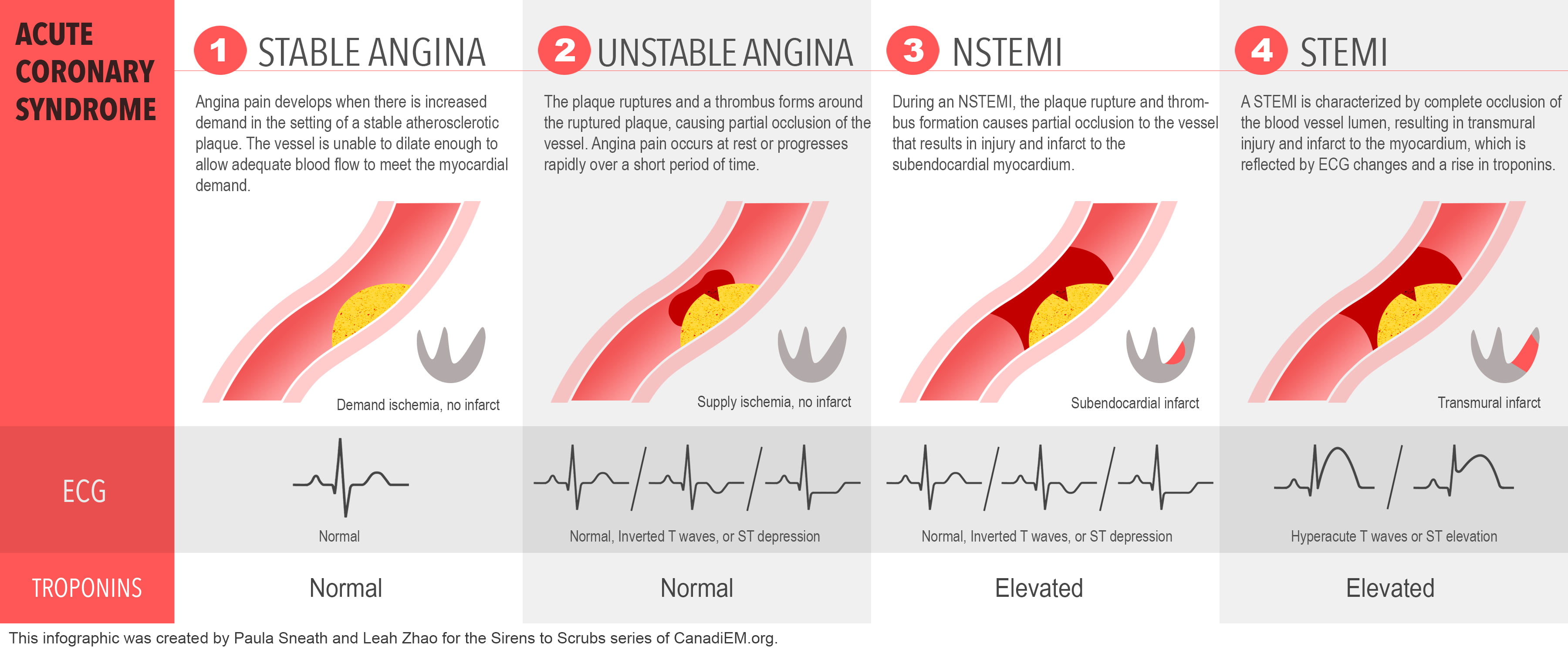

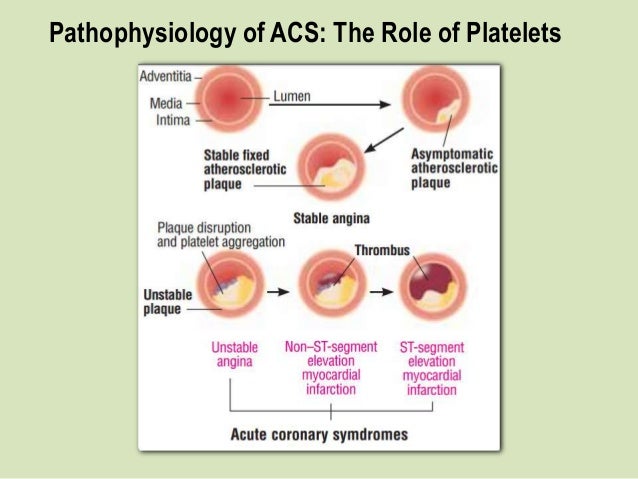



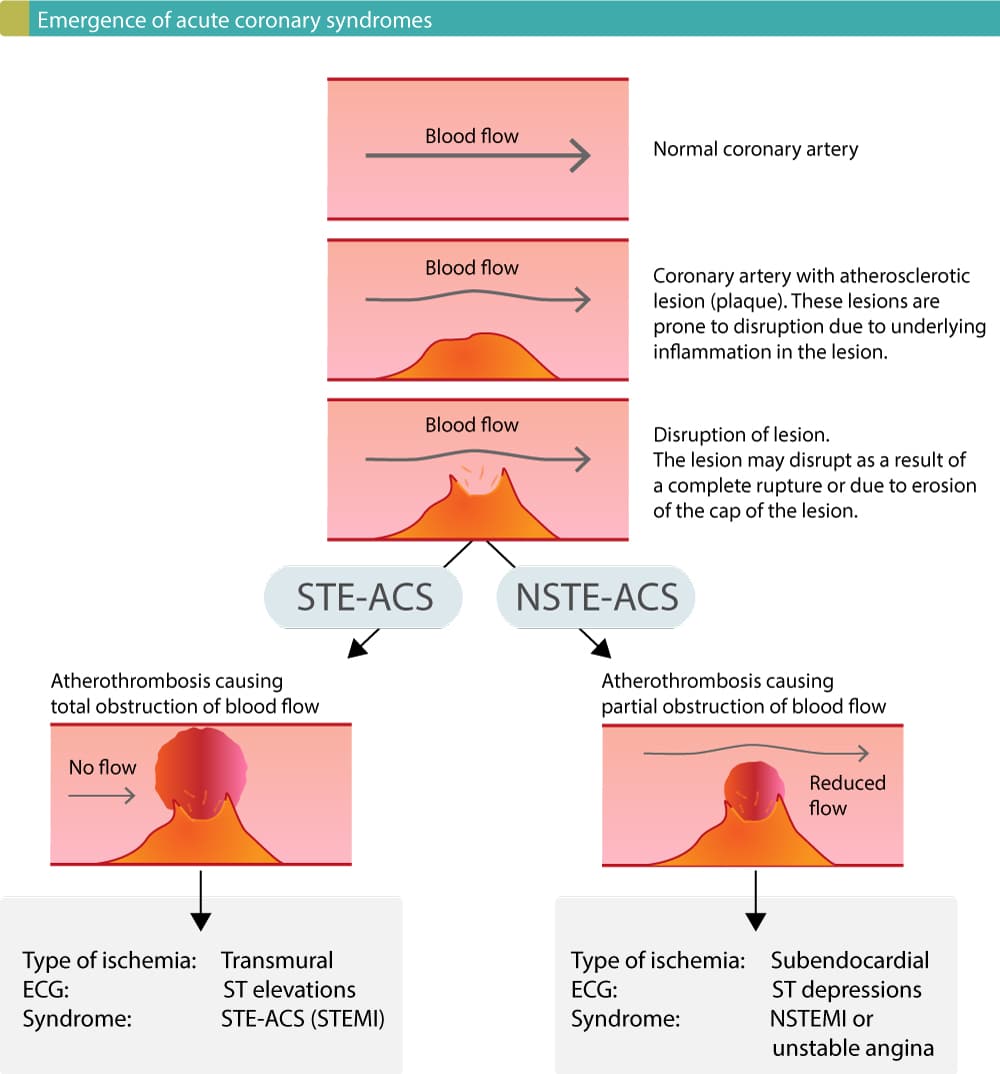


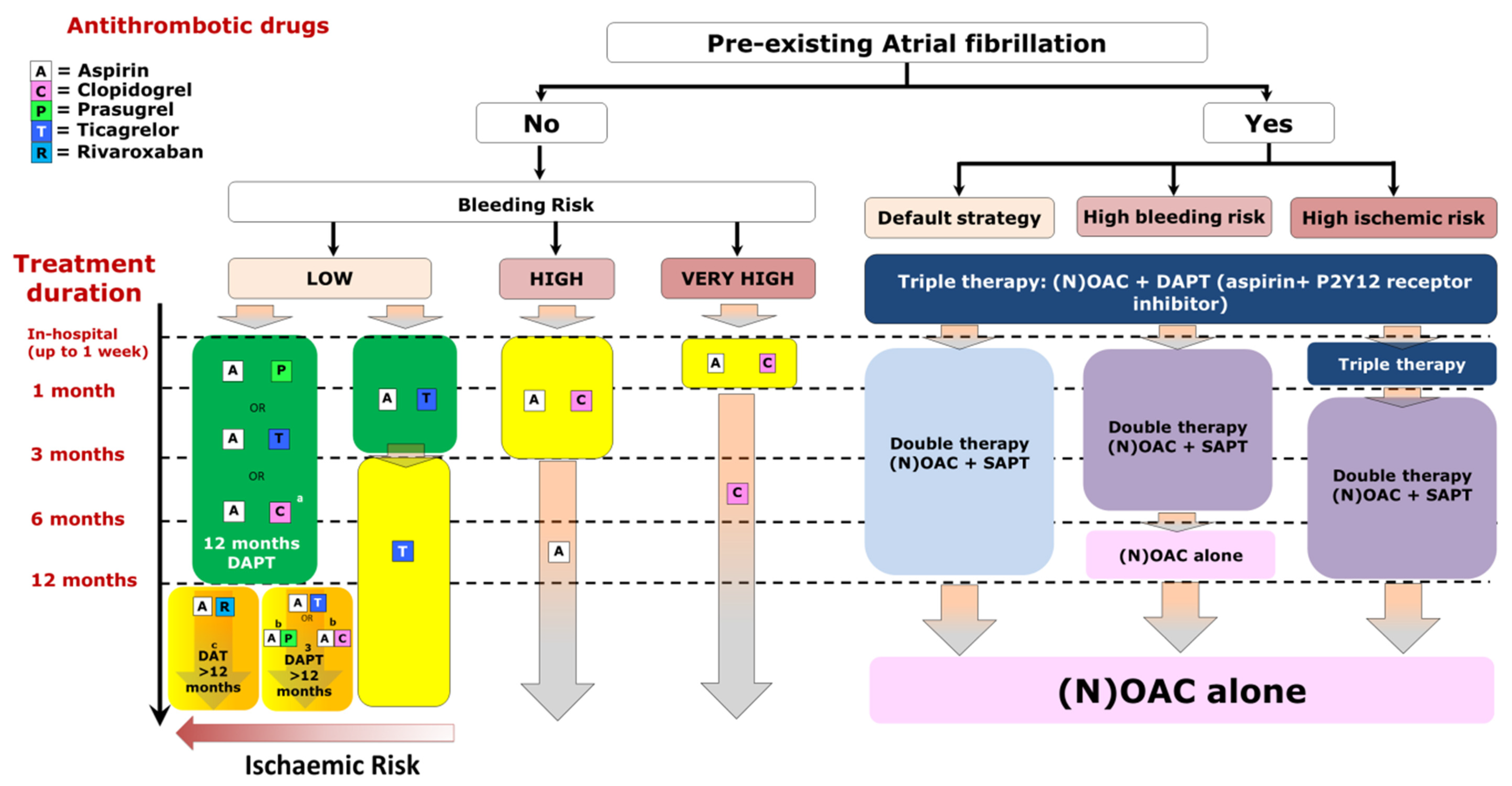



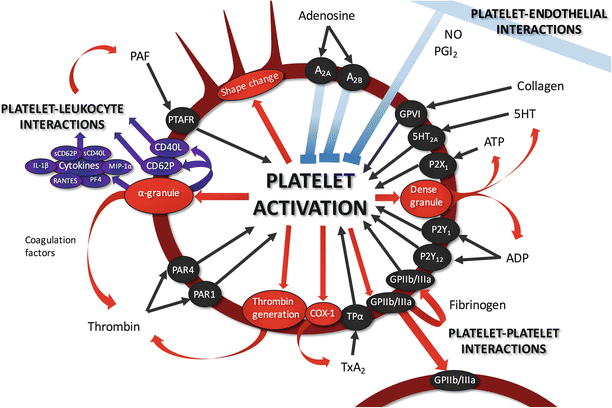


Posting Komentar untuk "Acute Coronary Syndrome Pathophysiology"